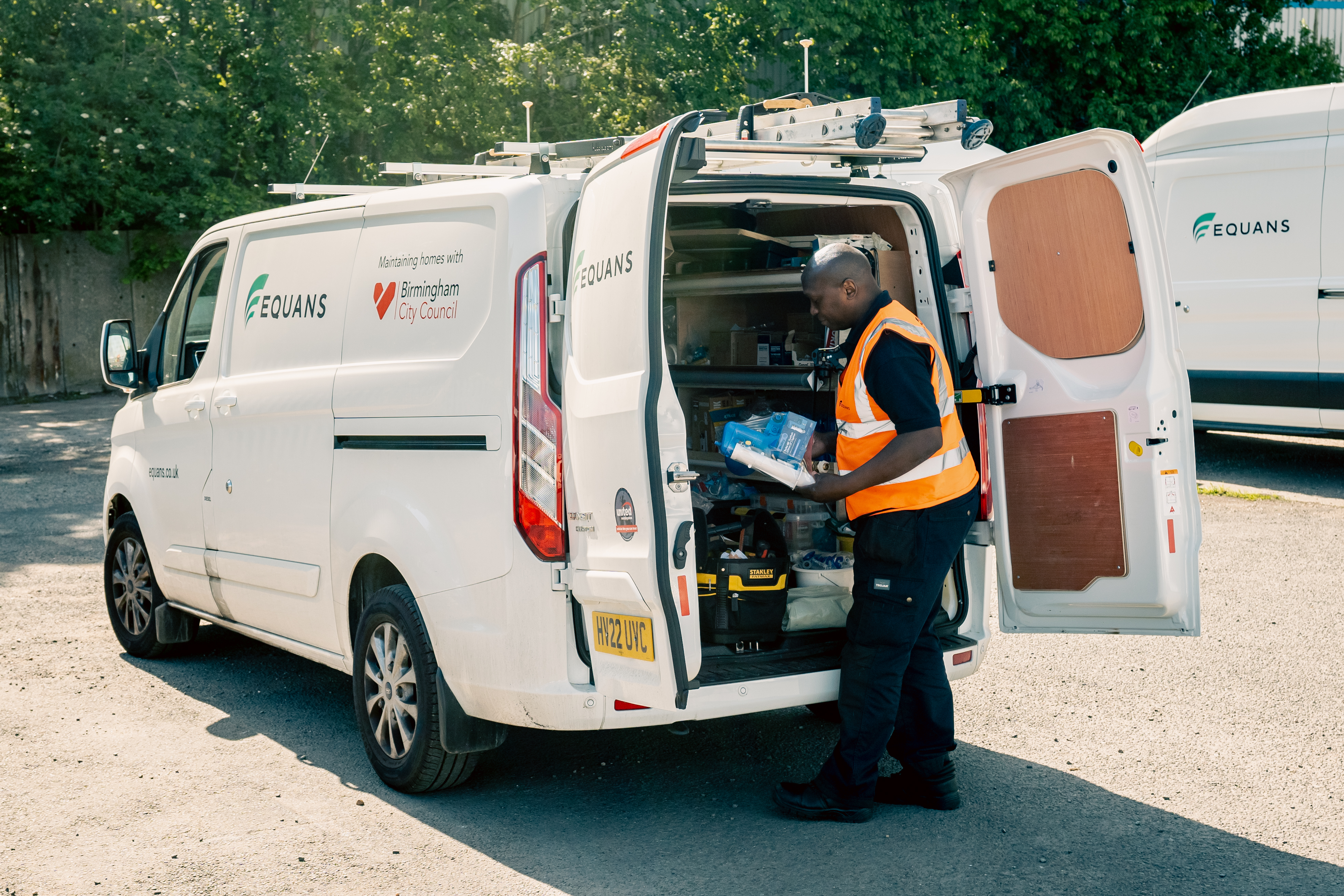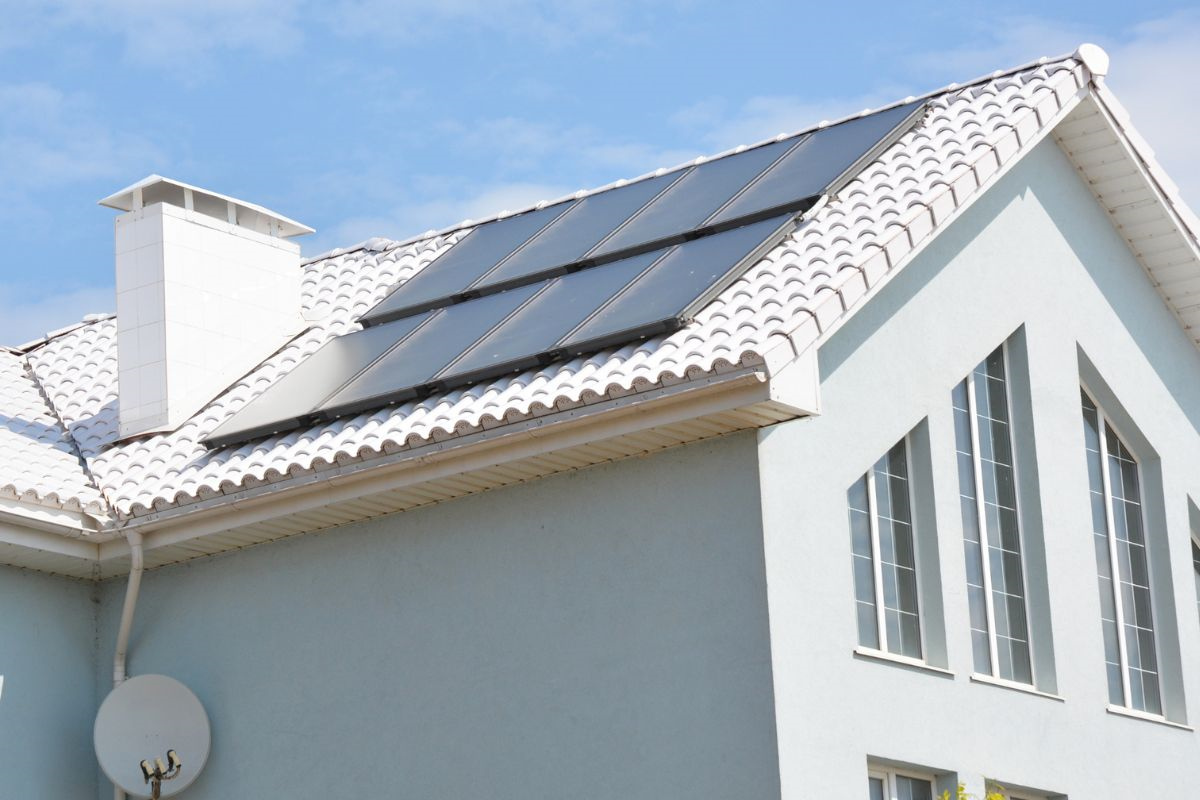"Future Homes Standard and Home Energy Model: positive moves, but Government must stick to the plan"
The Future Homes and Buildings Standards and Home Energy Model consultations released by Government at the close of 2023 represent the most significant moves in energy efficiency in more than a decade.
The Future Homes Standard (FHS) is set in regulations coming into force in England in 2025 and the Home Energy Model (HEM) will be implemented alongside it. By the time this happens, a new government will be in power.
In the meantime, we face a year of political upheaval and the progress these consultations bring must not be stunted by electioneering, so it’s important industry makes its voice heard.
The FHS can set us on the most direct route to net zero by specifying that new homes almost completely eliminate emissions related to heating, cooling and energy use. This would support UK progress towards net zero, alongside decarbonising the grid and moving to wholly renewable electricity sources.
The Home Energy Model (HEM) consultation is equally momentous, presenting the first complete overhaul of the SAP energy efficiency calculation methodology in 30 years. The Home Energy Model will be used to demonstrate a home’s compliance with the FHS and, in the not-too-distant future, to deliver new energy performance certificate (EPC) ratings.
Future Homes Standard headlines
Debate between Option 1 and 2
In considering the Future Homes Standard consultation, reaction has centred on the two ‘notional dwelling’ options. Both offer the same build (fabric) specifications and adopt standards from Part L (Conservation of fuel and power) 2021 of the Building Regulations, but each delivers differing levels of energy efficiency.
Option 1 uses decentralised mechanical ventilation (dMEV) and high efficiency solar PV panels, specifying an airtightness test result of 4.
Option 2 is presented as “the minimal approach to achieve ‘zero-carbon ready’ homes” and specifies natural ventilation with intermittent extractor fans, an airtightness test result of 5, and no solar PV panels.
The first option means lower running costs for occupants and will do more to reduce fuel poverty and reduce carbon emissions, while supporting grid decarbonisation. The second option brings a lower up-front cost for housebuilders.
Homes built to Option 1 would prepare us better for carbon net zero.
Solar PV panels are a good choice for the new homes of the future, as technological advances mean their generation power would significantly reduce dependence on the grid. A recent study from the Karlsruhe Institute of Technology, Germany, found more than half of Europe’s 41 million freestanding homes could be self-sufficient using just solar and batteries.
Recent research also shows people will now consider paying a 10.5% premium for energy efficient homes. Good news for housebuilders concerned about recouping the costs of higher standards and technologies like solar PV.
The FHS badge
One proposal is to create a brand or logo for housebuilders who can demonstrate their new homes comply with the FHS by testing real-world energy performance against design. This is aimed at tackling the performance gap recognised in Part L 2021.
Technologies to performance test new homes include SMETERS and Heat Transfer Coefficient testing, while Elmhurst, alongside Build Test Solutions’ SmartHTC methodology, is already using Measured Energy Performance to help industry prove its homes perform to intended standards.
Certainty for heat pumps
Within the FHS consultation, much-needed political clarity is given around heat pumps, which are specified as the preferred choice for future low carbon heating.
Schemes like ECO4 and the Boiler Upgrade Scheme have broadened public awareness of heat pumps, but more must now be done to get heat pumps more accurately sized for individual properties. Recent research from Elmhurst, BTS and Veritherm shows around 70% of homes have the wrong sized pump installed, which can lead to higher bills and greater dependence on the grid.
No move on metrics
The FHS proposes the same three key metrics for measuring new build energy efficiency as in Part L 2021. These are Primary Energy (the type of fuel used for heating and hot water), Carbon Emissions, and Fabric Energy Efficiency (to benchmark the home against target performance, affected by things like U-values, thermal bridging, airtightness, etc.)
Energy Use Intensity (kWh/m2/year) has been set aside, but would have been a good metric for determining all operational energy a building uses at the meter.
Home Energy Model highlights
Replacing SAP with the Home Energy Model (HEM) is an exciting step forward to deliver a calculation methodology that delivers a more accurate assessment of the energy performance of homes.
‘Wrappers’
The software core of the proposed Home Energy Model will be developed alongside ‘wrappers’. The consultation says these are pieces of code developed by Government to support improvements in housing and reaching climate targets. The FHS ‘wrapper’ is the first and the HEM will be used to demonstrate compliance with the standard. An ‘EPC wrapper’ has been earmarked as the next.
Each ‘wrapper’ will make use of different data inputs, such as home fabric, heating and cooling systems, plus standard inputs such as occupancy, weather and temperature and produce different outputs depending on their purpose.
30-minute updates
Where SAP currently accounts for any changes monthly, the HEM will simulate energy performance half-hourly. It will update fuel prices, account for smart technologies and systems, and represent heat pumps in specific homes rather than rely on generic simulations. This help create confidence in the HEM where it was lacking with SAP.
Room for innovation
The consultation is exploring a better way to include new products and technologies within the HEM than the current ‘Appendix Q’. It is also exploring a new, more detailed database for product characteristics, existing separately from the HEM but integrating with it.
New technologies are important in the move to net zero carbon-ready homes. A more responsive product database and a transparent, reactive way to include new products on the market will be key. However, it must ensure rigour around product claims and standards.
A transparent HEM
The proposal for HEM’s open-source codebase is also welcome. Its transparency means professionals using the model, and organisations like Elmhurst that develop software and build user interfaces around it, can see changes before they appear in regulation. Having an open-source, central home energy performance calculator using information updated in 30-minute cycles can only be a good thing for cross-sector consistency.
Looking ahead to 2024
There is much to welcome in these consultations. From Elmhurst’s perspective, the Home Energy Model in particular looks to be exactly the new assessment methodology we need for underpinning a wide range of future uses.
The Government is talking about another ‘EPC wrapper’ consultation for launch in the coming months. This would help England move forward with the EPC Action Plan and would keep pace with the move from SAP to HEM. It would also reduce the risk of us falling behind in comparison with Scotland, where an EPC Reform consultation concluded last year.
Most importantly, both the Future Homes Standard and the Home Energy Model must be delivered to plan, regardless of political change in 2024. They are too important to let slip.
The Future Homes Standard, Future Buildings Standard for non-domestic buildings, and Home Energy Model consultations run until 6 March.
Stuart Fairlie is Managing director of Elmhurst Energy



